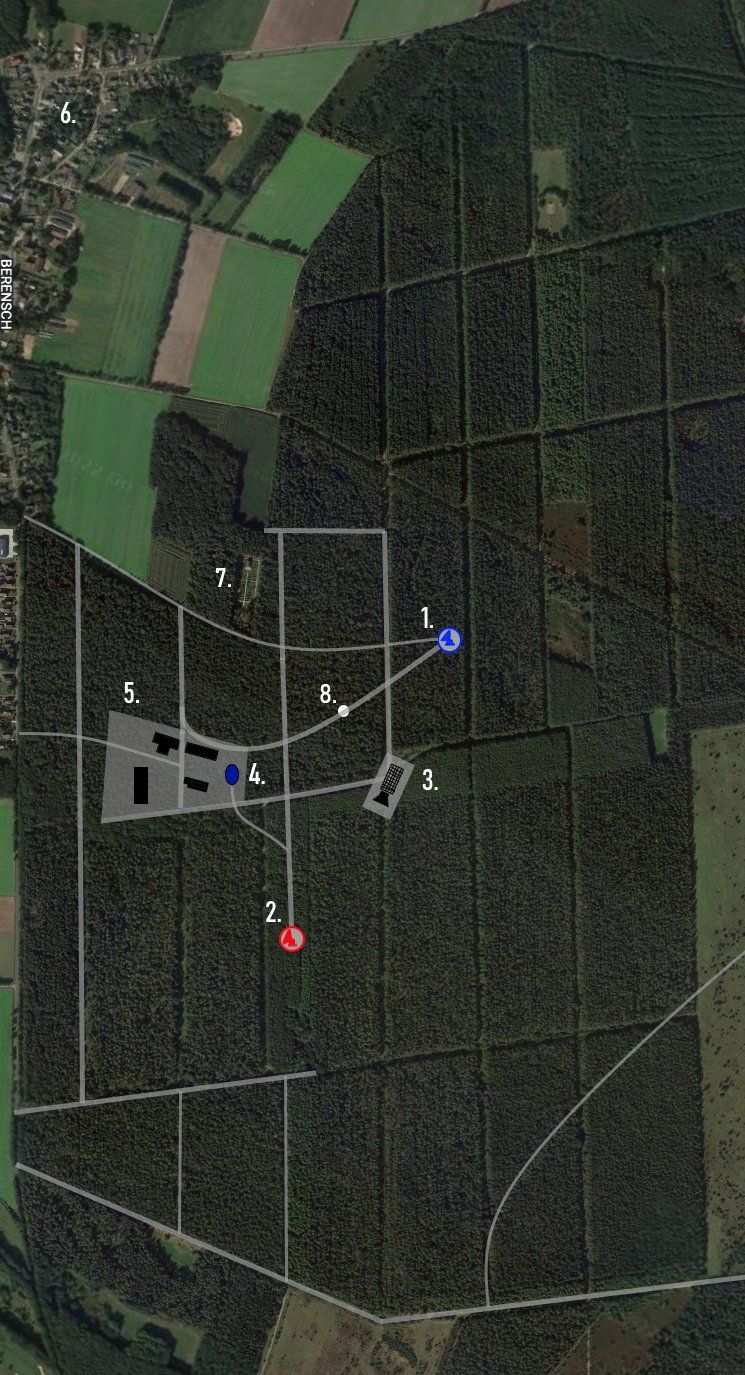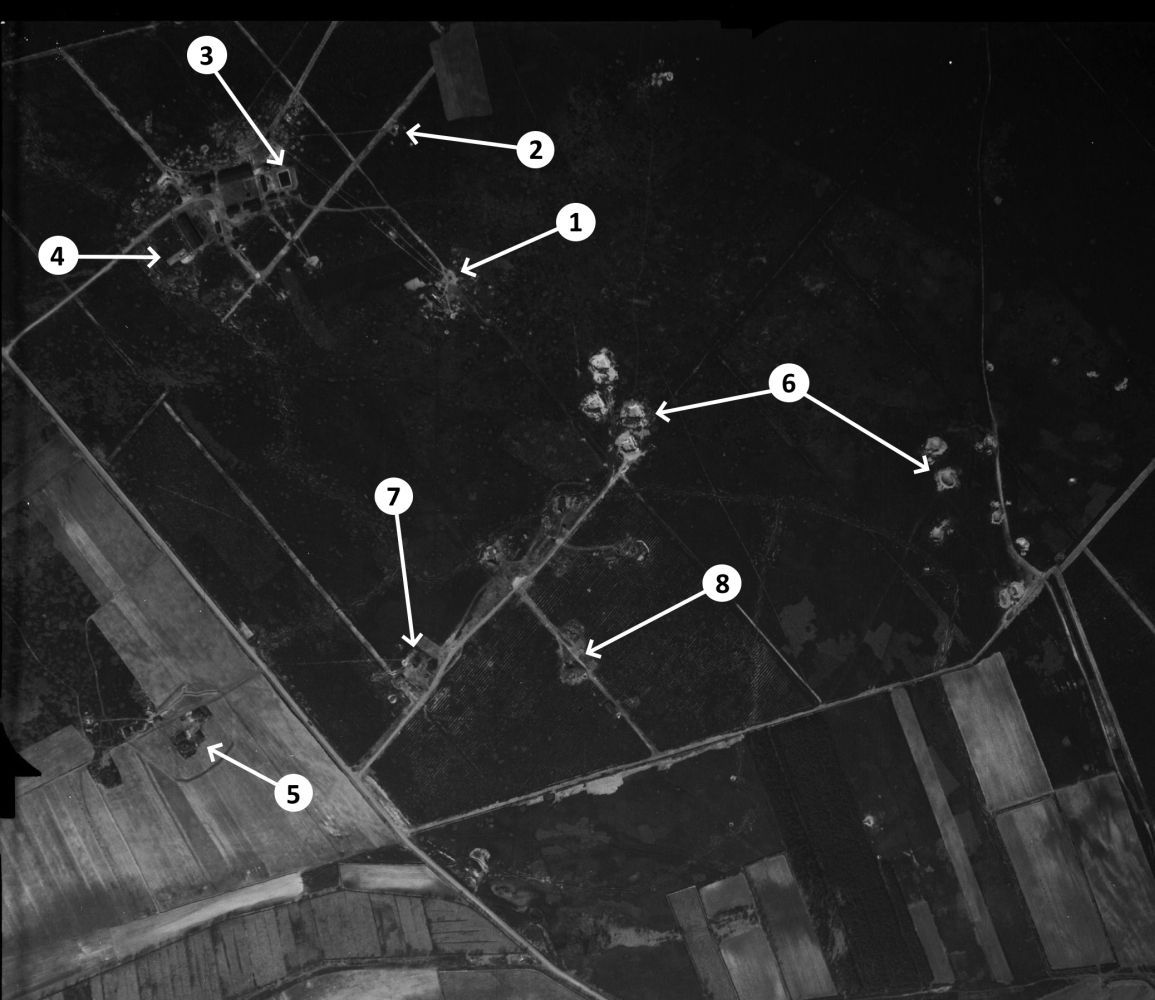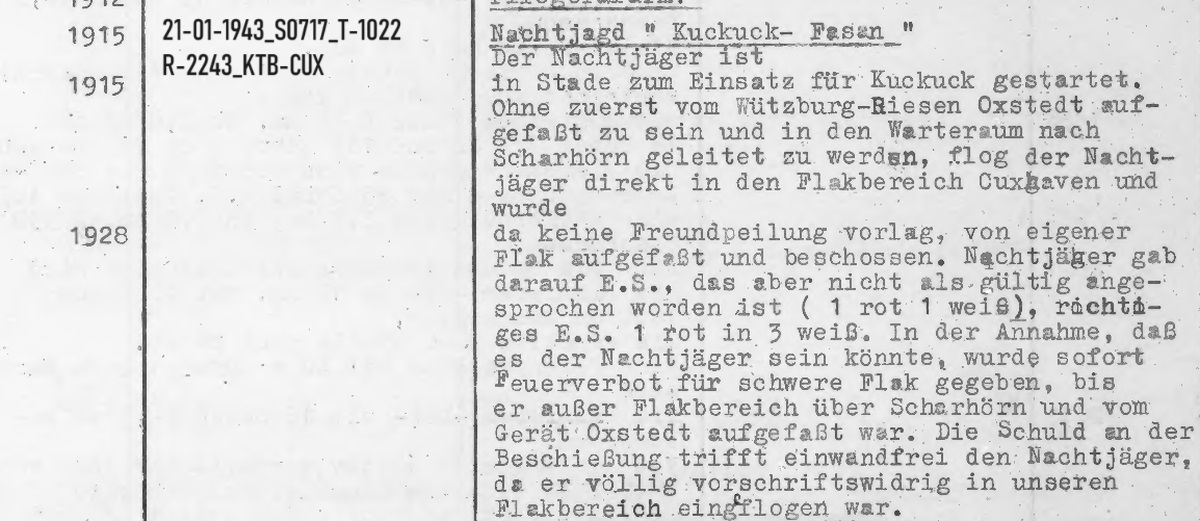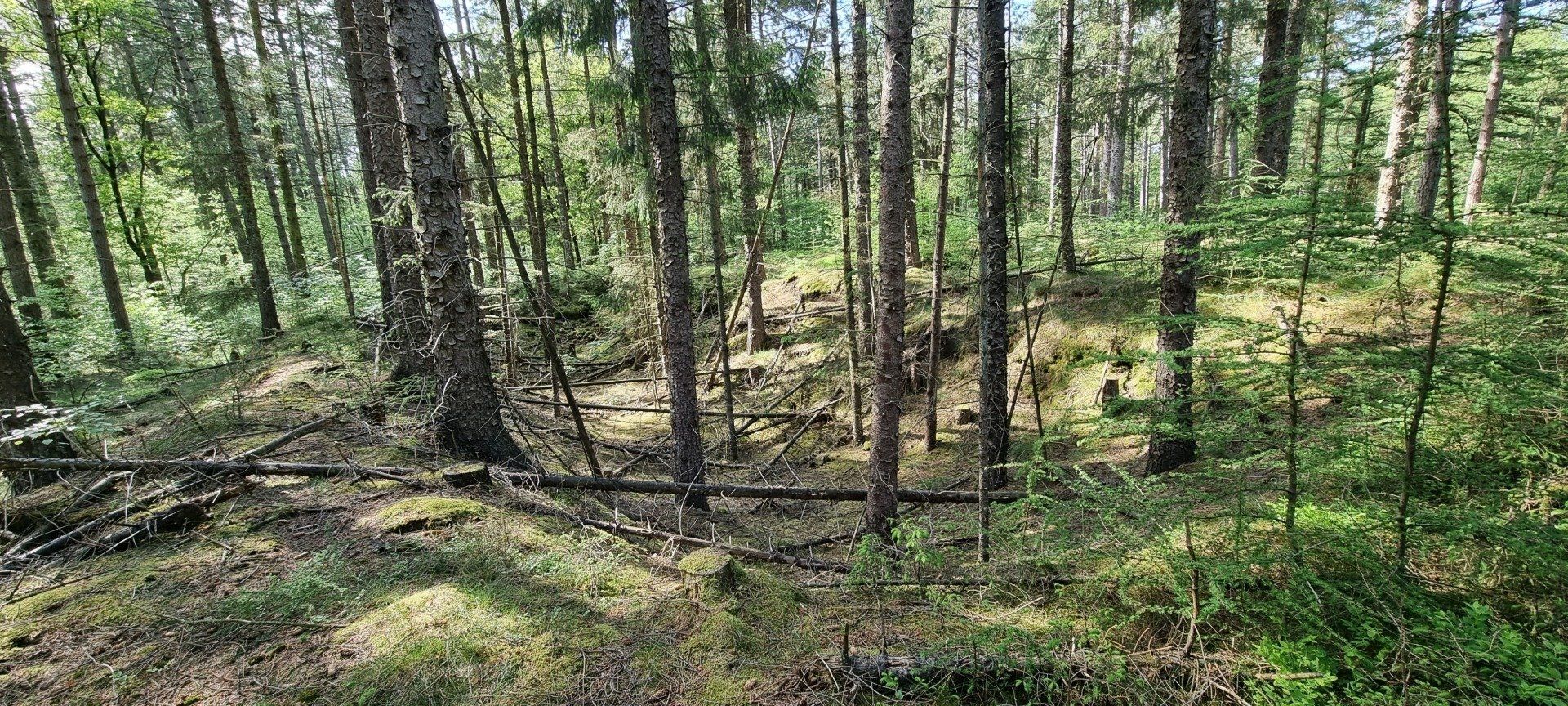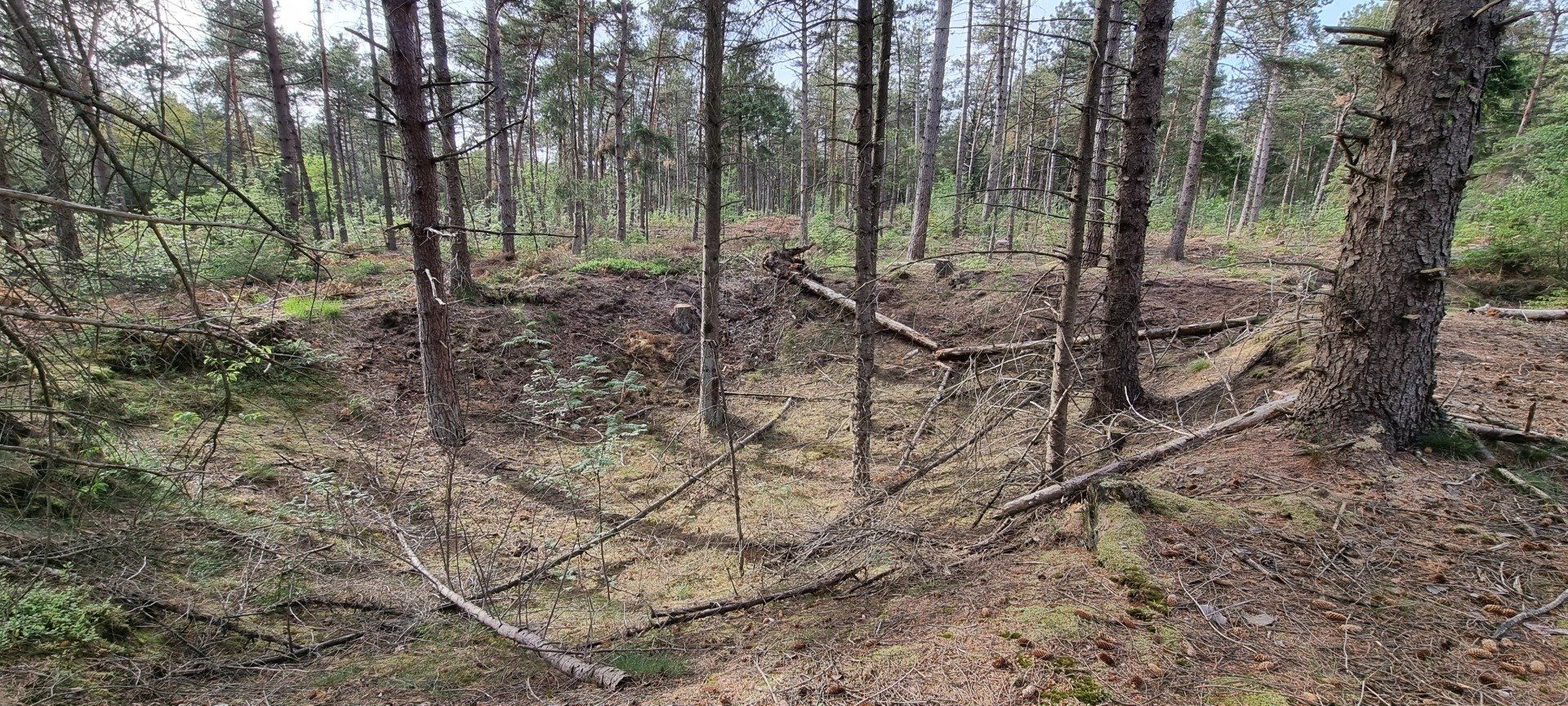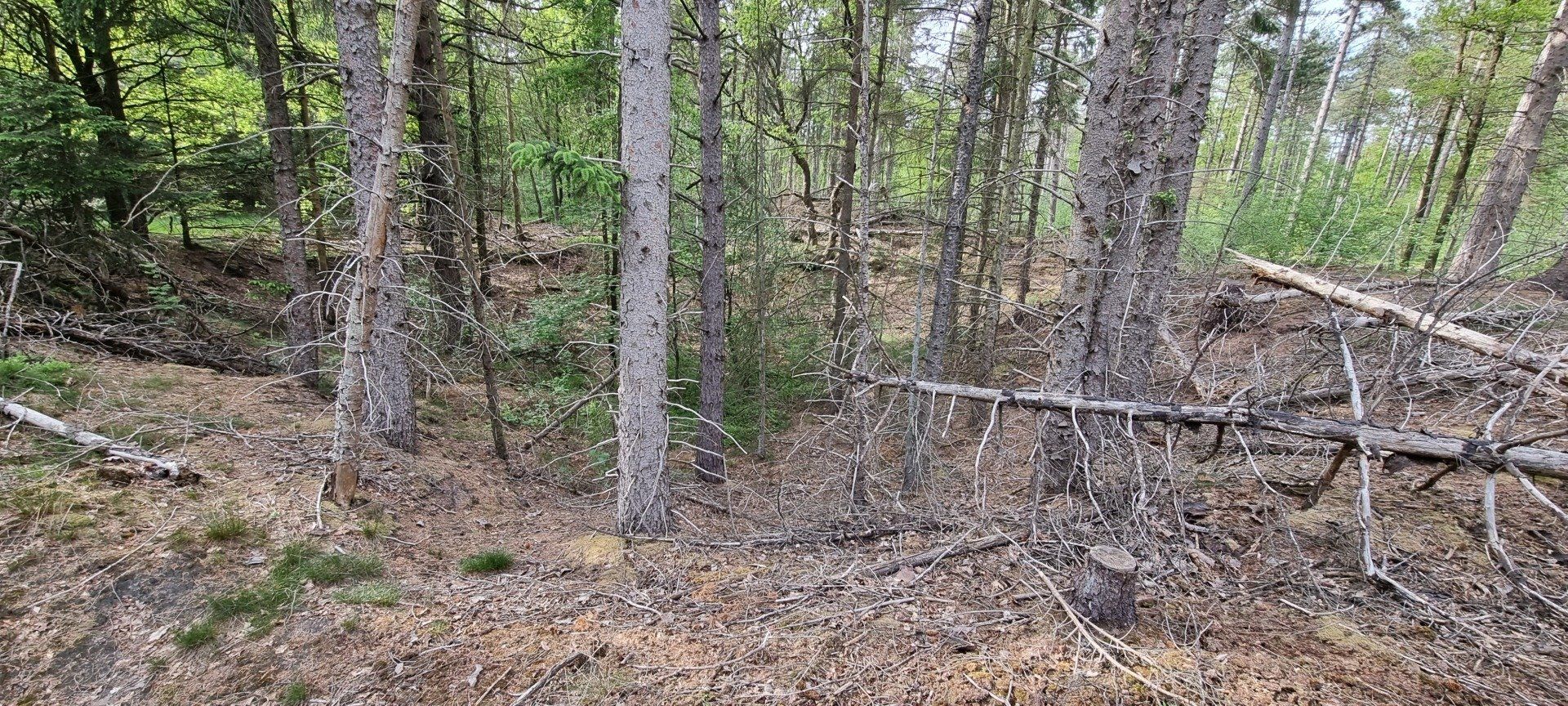
Last updated: 09.01.2024
At the end of 1942, the German Air Force set up a night fighter control station in the Berenscher Heide southeast of the town to combat incoming bomber formations. This station was part of a chain of units (Kammhuber Line) that were equipped with the FuSe 65 "Würzburg Riese" measuring device. It also included at least one "Freya" device; in the case of the Berenscher position, it was a "Freya-Wismar".
At the beginning of January 1943, the "Kuckuck" position of the 11th/Luftnachrichten-Regiment 232 and its individual components were ready for use. This unit included 2 x FuSe 65 (Red and Blue Würzburg Giant) and the Freya system. The Freya device detected the approaching aircraft from a great distance (up to 130 km), but could not determine the altitude and speed. This is where the "Red Giant" came into play and received exactly these missing data at a shorter distance, which was then projected onto a corresponding evaluation table (Seeburg table). The values for the defensive measures were then determined on this and passed on to the night fighters using the "Blue Giant". These heavily armed aircraft were themselves equipped with the "Lichtenstein FUG 202 on-board radar", which they could use to approach the enemy aircraft in order to fight them. The entire procedure was known as the dark night hunt (DUNAJA procedure) and was the beginning of German radar technology. In contrast, there was the bright night hunt with the support of the anti-aircraft searchlight units on the ground. The "Kuckuck" position was also connected to the staff of the 214th/ Marine Flak Battery and reported to them, both day and night, bomber formations flying in as a preliminary alarm. According to information from a contemporary witness, a second Freya device was later installed on the facility. Before the position was built, it was probably on the Arenscher outer dike. There are Allied aerial photographs that show it there. Source: uaGerd Wildfang/Festungsbauten Cuxhaven
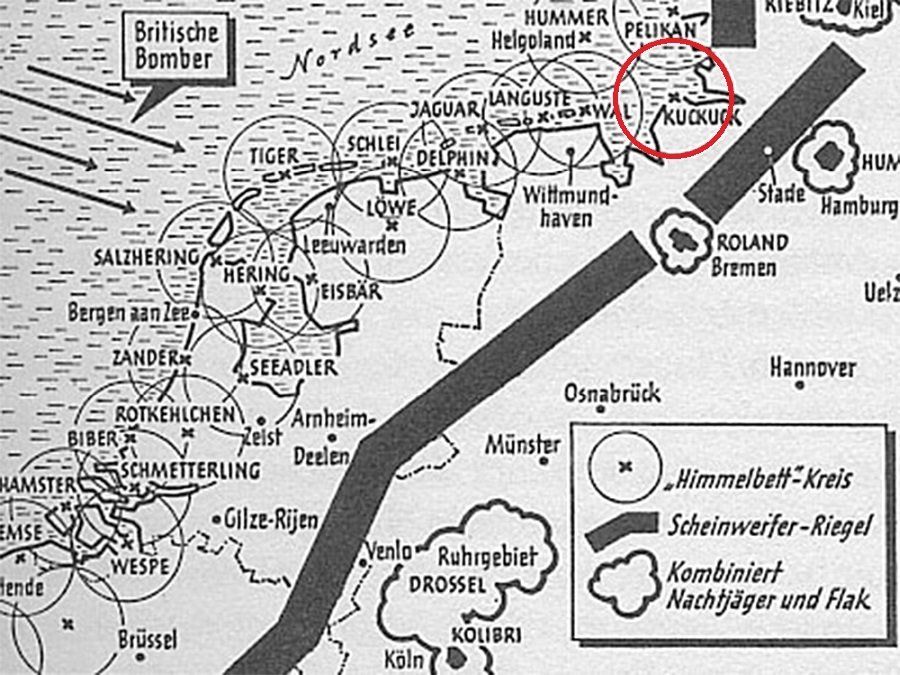
The Kammhuber Line, top right the position (cuckoo) in Berensch. The defensive belt initially consisted of a 35-kilometer-wide strip of anti-aircraft searchlights for the >Bright Night Fight<. Dann kam ein dichtes Netz von > Canopy bed< - Kreisen für die > This allowed individual aircraft to be controlled by fighter control officers from the ground. In total, this defensive belt was over 1,000 kilometers long.
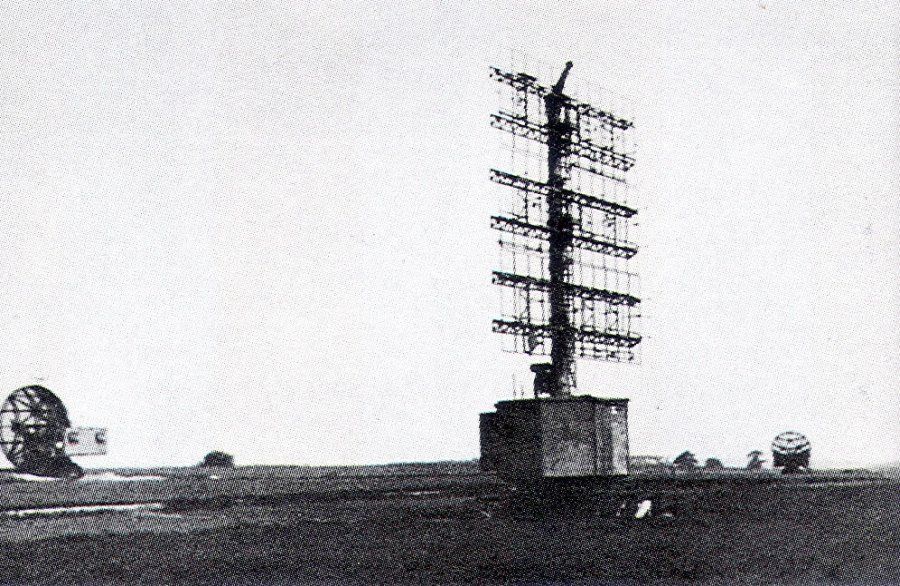
Example photo of a "canopy bed" position. On the left and right is a FuSe 65 "Würzburg Riese". In the middle is the "Freya" device, in this case a FuMG 401 A. The entire facility was classified to a high degree, especially the "Freya" device. There was a separate operating staff for this.
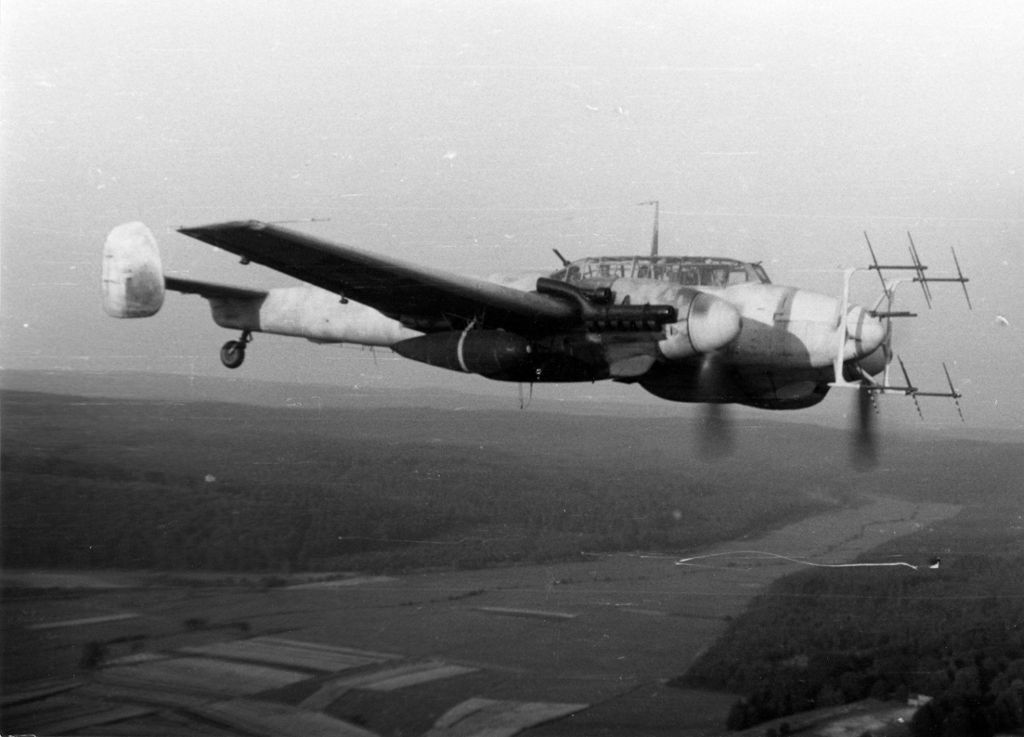
Ein Nachtjäger Messerschmidt BF 110 G - 4 "Zerstörer" mit einem Lichtenstein Radargerät.

Source:: Martin Brütt
>Dunkle Nachtjagd< nach dem >Himmelbett-Verfahren<
Canopy bed - position "cuckoo"
Quelle:Google Earth 2022
- Blue Würzburg giant - FuSe 65, right next to it a 2 cm Flak.Red Würzburg giant - FuSe 65, right next to it a 2 cm Flak.Freya device - FuMg 401 A / 1942Fire pond of the facilityBuilding complex, barracks etc.Berensch districtBerensch local cemeteryFreya device - FuMg 401 A / 1943 (was obviously relocated)

Example photo: A FuSe 65 - Würzburg Riese
Source: US Air Force 1945
- Red Würzburg Giant - FuSe 65Freya device - FuSe 401 AFire pond of the facilityBuilding complex, barracksLuftwaffe anti-aircraft position "Drei Berge"Possibly a bomb hit or dug artillery position.Probably another Freya device "Kaffeekanne"Another FuMg of unknown design.

Source: US Air Force 1945
Barracks camp of the Kuckuck position
- 1. Crew quarters2. Staff barracks/company command3. Transmitter station with triple antenna4. Hose drying tower5. Fire pond6. Air intelligence assistants7. Kitchen/dining room8. Office9. Vehicle hall10. Cable drum hut11. Water tower12. Workshop13. Air analysis barracks 14. Communication
Rechts: Diese unheimliche Tonaufnahme ist nicht inszeniert. Sie zeigt die Kommunikation zwischen einer "Himmelbett" - Bodenstation und einem Nachtjäger im Kampfeinsatz. Die Crews kommunizieren mit 'Deckworten' (versteckte/kodierte Worte): "Pauke! Pauke!" (ich greife an), "Victor Victor" (verstanden, verstanden), "Otto! Otto!" (Ziel im Suchscheinwerferkegel der Maschine erfasst) und so weiter. Ganz zum Schluss hört man ganz deutlich das hustende Gebrüll einer schweren Flugzeugkanone.
Quelle: Youtube

Angezeigte Nachtjägeraktivität unter anderem im Gebiet "Kuckuck" (Weser-Elbe-Mündung und südliche Helgoländer Bucht).
The position today
Today, little of the Kuckuck air force tracking station can be seen; nature has covered everything over again. The forest has grown accordingly and has replaced the former heathland. Nevertheless, there is still a lot to discover in many places. Among other things, the bases of the two "Würzburg Giants" are still there, although they are difficult to find. In many places, there are also still overgrown trenches and the remains of blown-up bunkers. In addition, the former barracks camp still has a fire pond, which today serves as a biotope.

Source: US Air Force 1945
Kilometer-wide trenches were dug through what was then the heathland.

Quelle::MB2022
Noch heute lassen sich die Reste der Laufgräben an einigen Stellen in der zwischenzeitlich bewaldeten Landschaft noch recht gut erkennen.
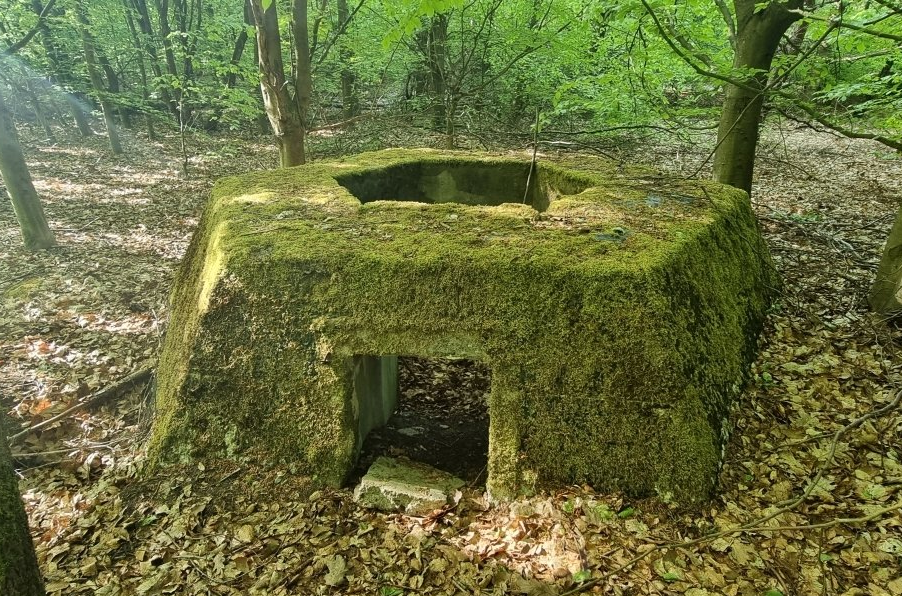
Somewhat hidden in the forest but still visually very well preserved. The base of the "Red" Würzburg Giant.
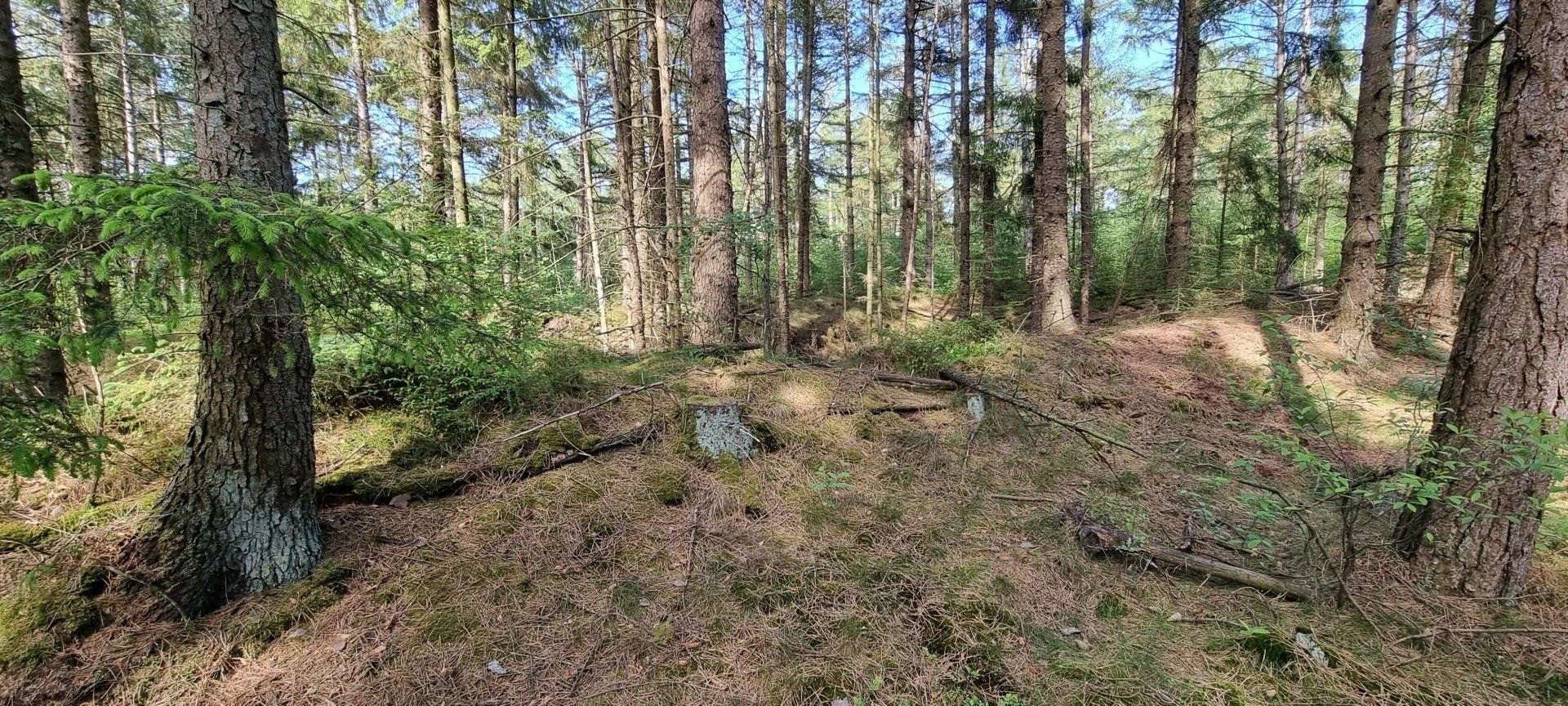
About 100 meters from the base of the Red Würzburg Device, there is a huge crater. Image right: A construction plan based on standard construction for the foundation of a Würzburg Giant.
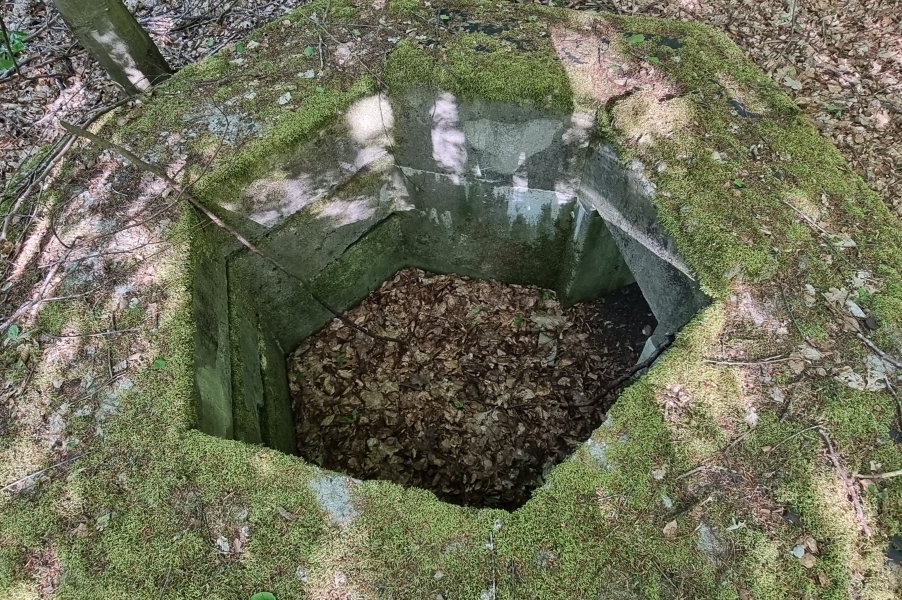
After all these years, the foundation is still in excellent condition.
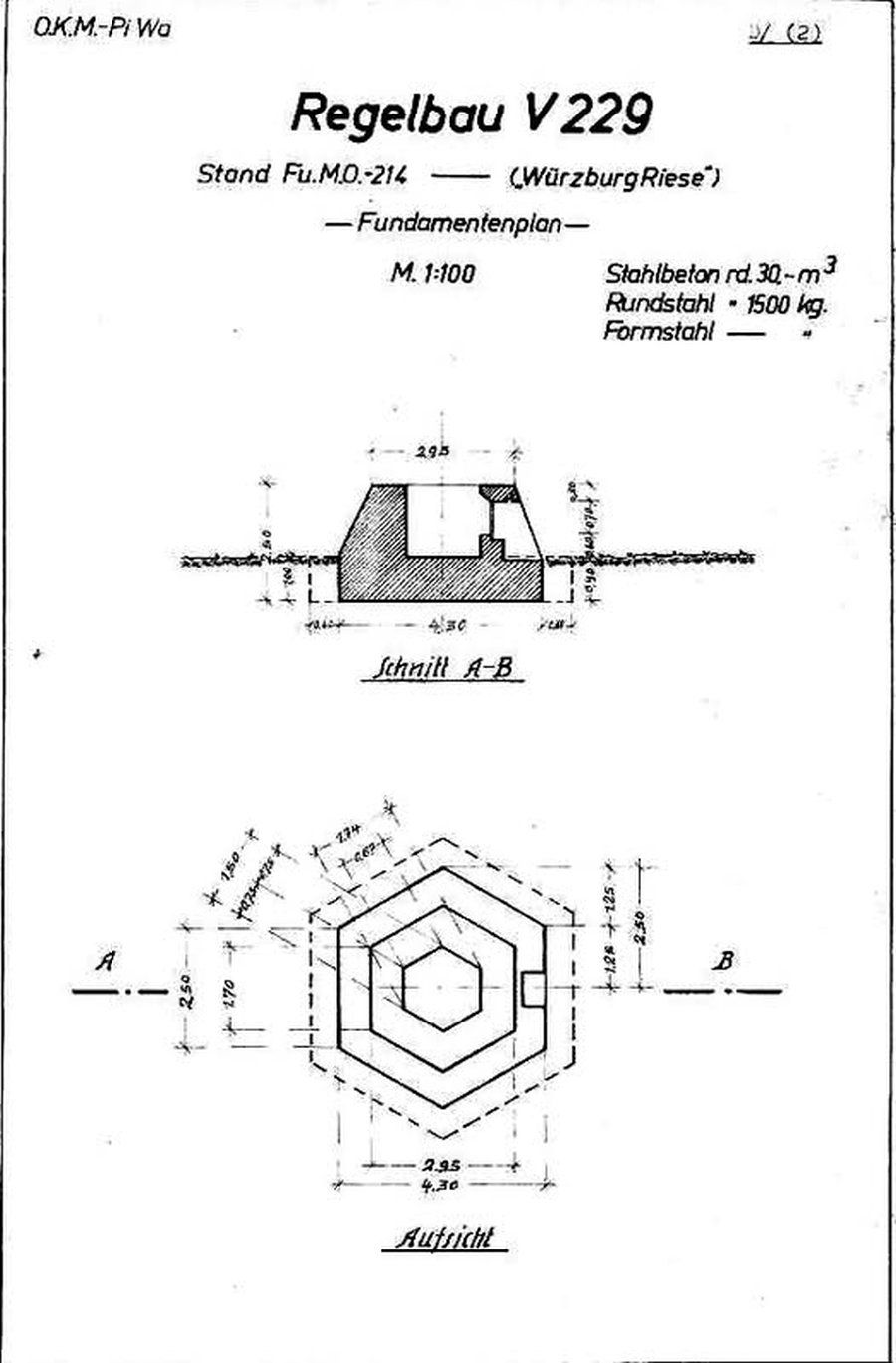

Much more difficult to find is the base of the "Blue" Würzburg Giant.

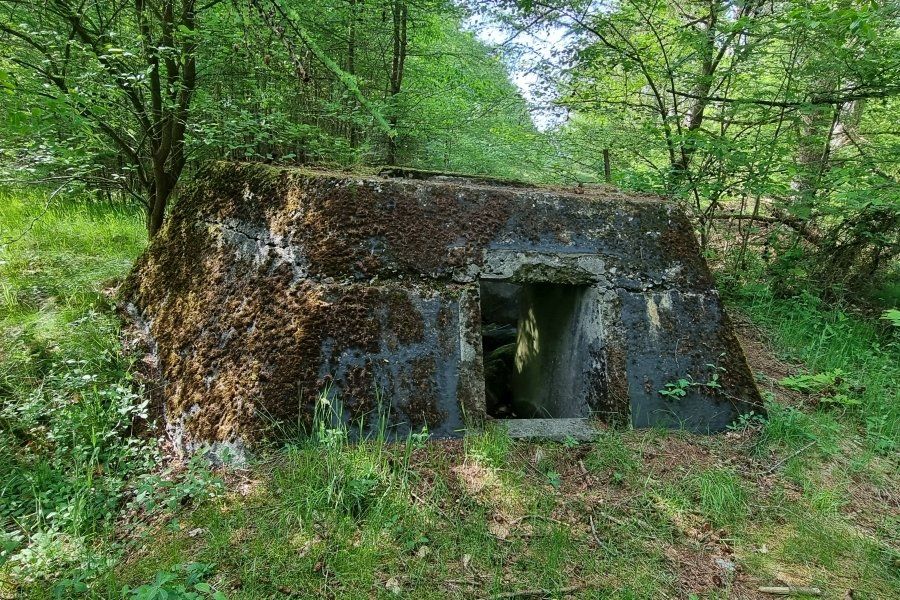
Er steht auf einem ehemaligen Waldweg im Berenscher Forst.
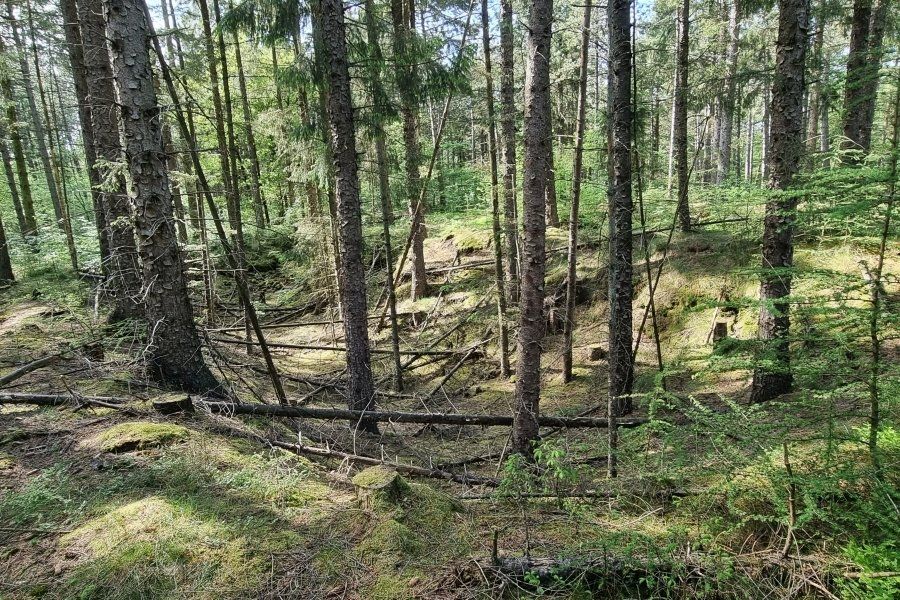
Also in the immediate vicinity of the Blue Pedestal, an enormous crater with a diameter of about 15 meters.
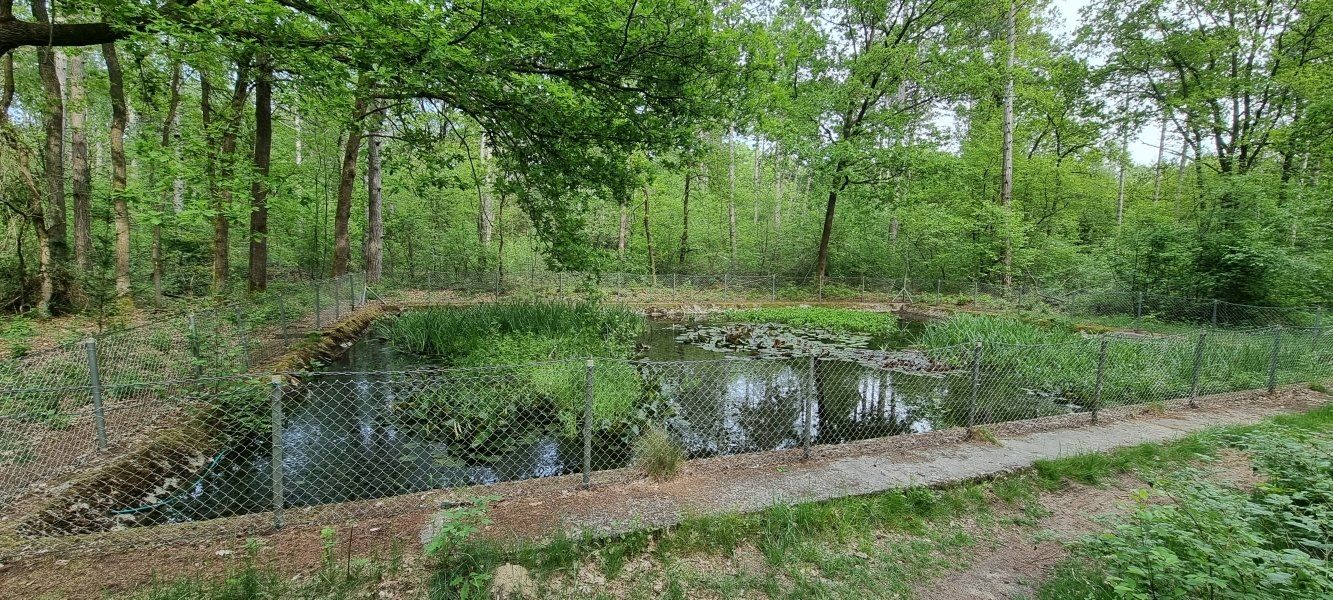
The former fire pond of the barracks camp is now a biotope. It consists of a concrete basin, as the water would otherwise immediately seep into the sandy ground.

Presumably remains of the former barracks camp, rusted parts in a sunken hole with concrete parts.
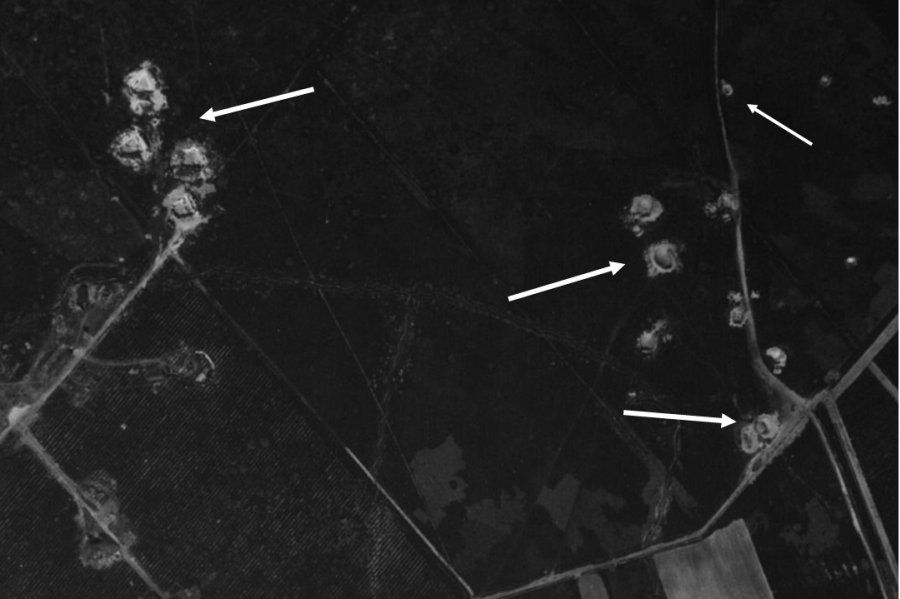
Source: US Air Force 1945
It could not be confirmed that the Kuckuck facility was bombed. On the southern side there are several distinctive holes of various sizes in the sandy heathland soil, which could indicate bombings. However, the shapes can also be traced back to possibly dug gun positions. Various smaller holes of this kind can also be found in other places on the site.
Unfortunately, there are still no corresponding original photos of the "cuckoo" position. The reason for this could of course also have been the high level of secrecy. But perhaps there are still corresponding unused photos in some albums or drawers that could be contributed here and would make it possible to take a look at them.
Source: Background information partly by Gerd Wildfang / Military buildings of the Cuxhaven Fortress from 1870



